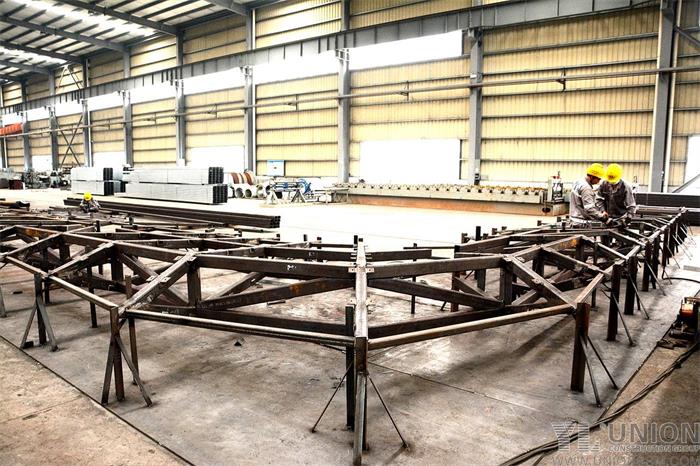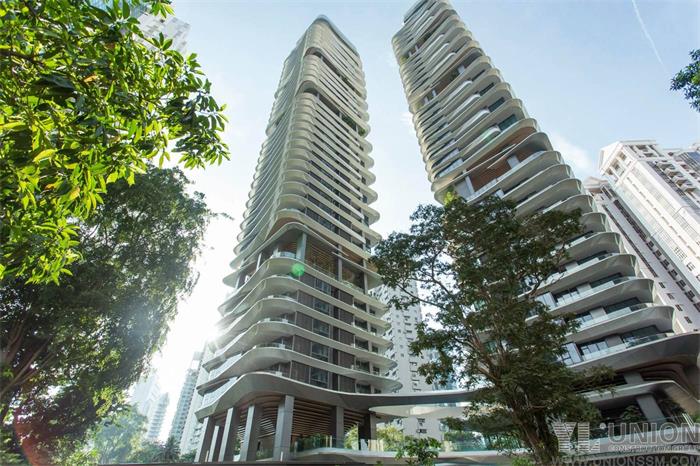Wood is mass utilized in different regions of the world regarding Structural Framing. It is because, for residential usage, it is the right material with all the characteristics. However, different types of wood are used for the purpose, including timber and conventional wood. So, when selecting one for your project, understanding the difference between them is vital.
Here are the top 8 differences between timber and conventional wood structural framing.
Starting with the thickness of these studs, you will need 4 by 2 inches of conventional studs when choosing the conventional framing option. On the other hand, timber framing does not need such thick studs, and you can use thinner studs or thicker studs, depending on the requirements. It will also enhance the overall weight of the building.
The second major difference is the distance between the wall studs. With conventional framing, the distance between 2 studs is around 16 inches. It means that after every 16 inches, there will be a wall stud. Timber framing can be set 10 -16 feet apart.

With thicker wood studs, the total volume required for timber framing will be much less than conventional framing. It is also because timber framing studs are placed much wider apart, while conventional framing requires them to be closer.
Although Timber framing may need the studs to be placed far away, it is a rather expensive type of wood framing for residential units. So, the cost of this structural framing will be much higher.
Conventional framing needs the materials to be collected on-site, and the builder cuts everything to size, so the fabrication happens on-site when pieces are assembled. On the other hand, Timber framing pieces, a premium option, are often available as prefabricated pieces, so they only need assembling.
Since builders will cut everything to size and assemble it, the total Installation time for conventional framing will be higher. Timber framing needs lesser time as builders directly move to the Installation and assembly part.
Insulation is needed with both types of framing, but timber framing makes it easy and cheaper since insulated panels are readily available. These can be custom-made for projects, and the insulation is done efficiently. On the other hand, insulation can be difficult and costly with conventional framing since there are multiple choices, each with its complexities.
When designing conventional framing, a major requirement is to balance the load efficiently, so sometimes pillars and walls are added, and you must design the walls for rooms accordingly. With Timber framing, you don’t need such unexpected walls or pillars, allowing for more freedom to design. It also allows for making changes in the design later.

Structural Framing done right makes your home a lot more reliable. To do it correctly, you must start by selecting the right material. To know about different technicalities in this regard, contact our experts here.